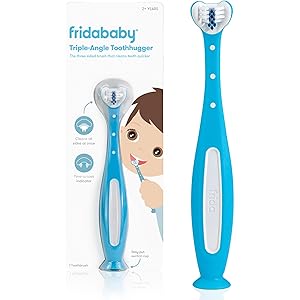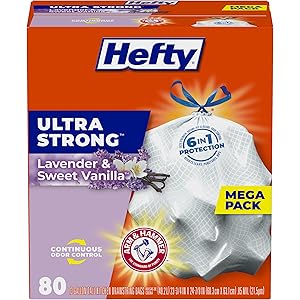Hefty Ultra Strong Tall Kitchen Trash Bags, Lavender & Sweet Vanilla Scent, 13 Gallon, 80 Count
$11.97 (as of October 24, 2025 21:34 GMT +00:00 - More infoProduct prices and availability are accurate as of the date/time indicated and are subject to change. Any price and availability information displayed on [relevant Amazon Site(s), as applicable] at the time of purchase will apply to the purchase of this product.)Understanding Vacuum-Assisted Delivery
Vacuum-assisted delivery, also known as vacuum extraction, is a medical procedure used during childbirth to assist in the delivery of a baby. This technique involves the use of a vacuum device that attaches to the baby’s head, providing gentle suction to help guide the baby out of the birth canal. It is typically employed when labor is prolonged or when the mother is unable to push effectively due to exhaustion or medical conditions.
Indications for Vacuum-Assisted Delivery
There are several indications for opting for vacuum-assisted delivery. Common reasons include fetal distress, where the baby shows signs of distress during labor, or when the mother is experiencing complications that prevent effective pushing. Additionally, vacuum extraction may be considered when the baby is in a non-optimal position, such as facing upwards, making the delivery more challenging. The decision to use this method is made by the healthcare provider based on the specific circumstances of the labor.
Benefits of Vacuum-Assisted Delivery
One of the primary benefits of vacuum-assisted delivery is that it can shorten the duration of labor, reducing the risk of complications for both the mother and the baby. This method can also minimize the need for more invasive procedures, such as cesarean sections, which carry their own risks. Furthermore, vacuum-assisted delivery can provide a safer alternative when immediate intervention is necessary, allowing for a quicker resolution to potential issues during labor.
Risks and Considerations
While vacuum-assisted delivery is generally considered safe, it does come with potential risks. These may include minor injuries to the baby, such as bruising or swelling on the head, known as cephalohematoma. In rare cases, more serious complications can occur, such as skull fractures or nerve damage. Additionally, there are risks for the mother, including vaginal tears or increased bleeding. It is crucial for healthcare providers to weigh these risks against the benefits when considering this delivery method.
Procedure of Vacuum-Assisted Delivery
The procedure for vacuum-assisted delivery typically begins with the mother being positioned comfortably, often in a semi-reclined position. Once the healthcare provider determines that vacuum extraction is appropriate, a soft cup is placed on the baby’s head. The provider then creates suction, gently pulling while the mother pushes during contractions. The process requires careful coordination between the mother and the healthcare team to ensure a safe delivery.
Post-Delivery Care
After a vacuum-assisted delivery, both the mother and baby require monitoring to ensure their well-being. The baby may be assessed for any signs of injury or distress, while the mother is monitored for any complications such as excessive bleeding or infection. It is essential for healthcare providers to provide appropriate post-delivery care and support, addressing any concerns that may arise during recovery.
Alternatives to Vacuum-Assisted Delivery
In some cases, alternative methods may be considered if vacuum-assisted delivery is not suitable. These alternatives include forceps delivery, which involves the use of a surgical instrument to assist in the delivery, or cesarean section, which is a surgical procedure to deliver the baby through an incision in the abdomen. The choice of delivery method depends on various factors, including the health of the mother and baby, the progress of labor, and the specific circumstances surrounding the delivery.
Role of Healthcare Providers
Healthcare providers play a crucial role in determining the appropriateness of vacuum-assisted delivery. They assess the mother’s and baby’s health, monitor labor progress, and make informed decisions based on clinical guidelines and best practices. Effective communication between the healthcare team and the mother is vital to ensure that she understands the procedure, its risks, and its benefits, allowing for informed consent and a supportive birthing experience.
Future of Vacuum-Assisted Delivery
As technology advances, the techniques and tools used in vacuum-assisted delivery continue to evolve. Innovations in suction devices and training for healthcare providers aim to enhance the safety and effectiveness of this method. Ongoing research into the long-term outcomes of vacuum-assisted delivery will further inform best practices and guidelines, ensuring that mothers and babies receive the highest standard of care during childbirth.


